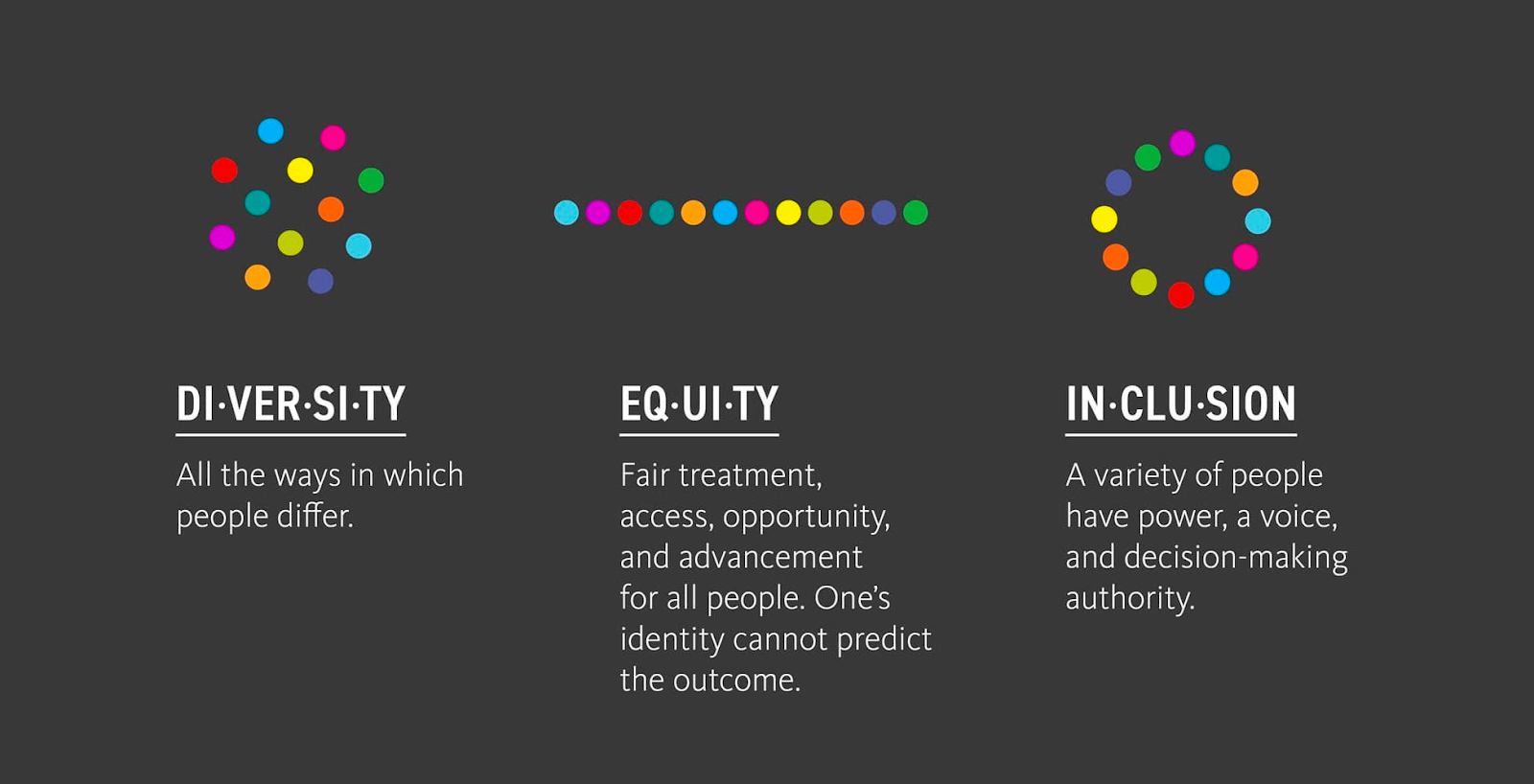Header image source: Ideal
DEIB is More Than a Number
Diversity, Equity, and Inclusion (DEI) initiatives are a well-known practice in schools—and with good reason!
But how do these pieces fit together? Traditionally, DEI initiatives have been measured quantitatively:
- The % of BIPOC teachers hired in a school district (Diversity)
- Graduation rates for historically marginalized students (Equity)
- The # of community listening sessions offered by a school district (Inclusion)
While each of these efforts is impactful and important, DEI work is incomplete without the story behind the number.
This is where Belonging enters the conversation around DEI work. Belonging is the outcome of all of the Diversity, Equity, and Inclusion work happening in education. It asks us if all of our DEI efforts are actually being felt and experienced by our stakeholders.
So, how does Belonging fit into our DEI work? And how do we transition from DEI to DEIB?
An Epidemic of Loneliness
In 2023, U.S. Surgeon General Dr. Vivek Murthy developed an advisory report, “Our Epidemic of Loneliness and Isolation.” Dr. Murthy pointed to data showing that around half of U.S. adults and young adults report experiencing loneliness, and that the mortality impact of being socially disconnected is similar to that caused by smoking up to 15 cigarettes a day.
One approach to combat this epidemic of loneliness is to foster Belonging:
“What it means to truly belong is to be accepted for who you are. I think that is true, and that’s something we’re always searching for. We feel it at that place called home, which is a psychological experience more than a brick-and-mortar place. It is [the] feeling [that] we are accepted, truly accepted, for who we are.”
—Geoffrey Cohen, A Crisis of Belonging
So, how do we make our classrooms and schools feel like home? And how does this idea connect to DEIB? Geoffrey Cohen, a Stanford University psychology professor and author of the book Belonging: The Science of Creating Connection and Bridging Divides, has conducted a variety of studies about the impact of Belonging.
As a result of his research, he believes Belonging can be fostered with three important messages:
- I see you
- I believe in you
- You are not alone
“I See you”: A new approach to (D)iversity
While significant progress has been made to help students see themselves reflected in the curriculum and their teachers’ identities, Diversity does not always result in students feeling seen, heard, and accepted. Belonging takes these Diversity efforts a step further by seeing students as their whole selves, and accepting them for exactly who they are.
Research has shown that giving students an opportunity to write about their core values and beliefs can improve student GPA, health, and retention in high school (Cohen, Garcia, Purdie-Vaughns, Apfel, Bruzustoski, 2009).
To cultivate a classroom environment where students feel seen and valued, check out the following resources:
- “Belonging: School-Wide Strategies,” by Scott Zimmerman
- The Power of Relationships in Schools
- “How to Cultivate a Sense of Belonging in Schools,” by Michael Ralph from Edutopia
“I Believe in You”: Helping students “feel” (E)quity
Equity work centers around closing the achievement gap, and providing all students the tools to succeed. Students need to believe in themselves, and a crucial component of that belief stems from having teachers who believe in them; Belonging builds on this effort.
Research has shown that students who believe their teacher thinks they have high academic potential, are more likely to have positive academic outcomes (Cohen, Steel, Ross, 1999).
While we most certainly DO believe in the capabilities of our students, it is equally important to have conversations and opportunities to connect with our students to show that we believe in them; this is the distinction between Equity and Belonging. The following resources provide information and examples about how to share this belief with your students:
- “How Showing and Telling Kids ‘I Believe in You’ Can Empower Them at School,” from MindShift
- “A Framework for Boosting High School Students’ Math Confidence,” by Ranjani Iyer from Edutopia
“You Are Not Alone”: Implementing (I)nclusion
Inclusion in DEI work already closely aligns with Belonging. Inclusion asks us to welcome all perspectives and voices into the conversation, and to accept everyone. However, if our students feel tokenized as the only voice representing a certain group, they may be “included” in the classroom space, but feel isolated and lonely. This is the impact of Belonging—we might think students are included, but we can’t tell if our DEI initiatives are successful until we ask students how they feel.
Restorative practices are one way to focus on the aspects of Belonging and Inclusion simultaneously. Check out the article “4 Steps to Discussing Challenging Behavior With a Student,” by Carolyn Curtis from Edutopia, to consider how school discipline practices are an opportunity to foster both accountability and belonging.
Bringing it Home
DEIB is not as simple as painting our classroom walls to make it “look” like home, or hiring BIPOC teachers and assuming that our DEIB work is done—it’s also the stories of those facts and figures as well. Belonging is the missing piece of our traditional DEI work because it gives us an outcome to strive towards, a box that needs more than a checkmark or a number filled in; it has a voice, a name, and an experience. This is where DEI work stops being a house with four walls and three rooms, and starts becoming a home that we feel safe, confident, and welcomed in; Belonging is a DEI house we want to call home.






